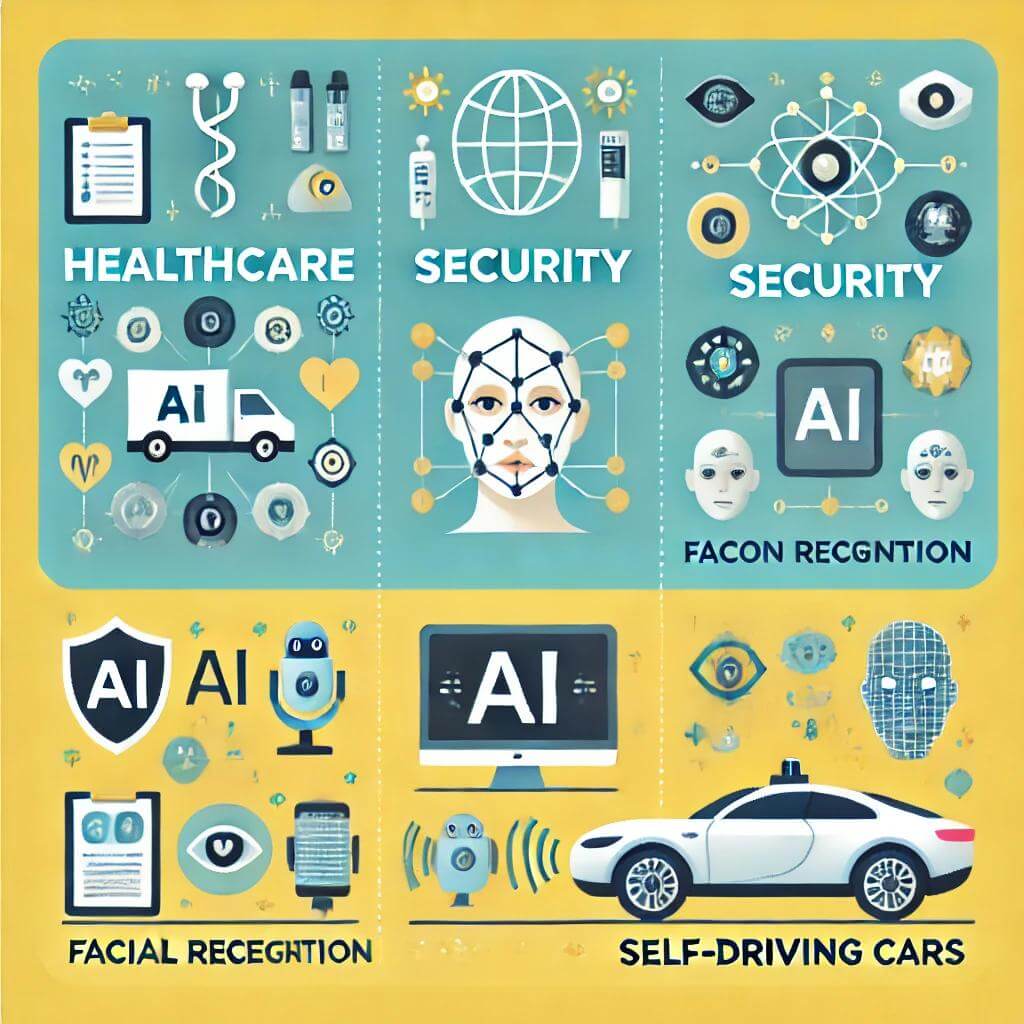Object Detection vs Image Recognition Explained
Imagine a world where machines can understand and interpret images just like humans. Object detection and image recognition are at the heart of this technological transformation, enabling machines to see and understand their surroundings. These fields are essential in numerous industries, from self-driving cars to medical imaging and security systems.
What is Image Recognition?
Image recognition is the process by which a machine identifies objects, people, or patterns within an image. It’s like giving computers the ability to “see” and make sense of what’s in a picture.
How Does Image Recognition Work?
At its core, image recognition relies on Convolutional Neural Networks (CNNs), which are designed to process visual data. CNNs take an input image, assign importance (learnable weights and biases) to various aspects of the image, and are able to differentiate one object from another.
The process can be broken down into three main steps:
- Preprocessing: Before analyzing, the image is often resized or normalized to ensure it fits the input structure of the CNN.
- Feature Extraction: The CNN scans through the image, identifying edges, colors, textures, and patterns.
- Classification: Based on the features extracted, the model predicts the category to which the object in the image belongs.
Object Detection vs. Image Recognition
While image recognition focuses on identifying what is in an image, object detection takes it a step further by also locating the object within the image.
What is Object Detection?
Object detection is the process of identifying and locating multiple objects within an image or video. This means not only classifying what the object is but also determining where it is within the frame.
How Object Detection Works
Object detection typically combines image classification with localization. Some of the most popular object detection algorithms include YOLO (You Only Look Once) and Faster R-CNN.
- Region Proposal: The model first proposes regions within the image where objects may exist.
- Classification and Localization: Each proposed region is then classified, and the object’s location (bounding box) is drawn around it.
Example of YOLO Object Detection
# Using YOLO for object detection (pseudo-code)
import cv2
# Load YOLO model
net = cv2.dnn.readNet("yolov3.weights", "yolov3.cfg")
layer_names = net.getLayerNames()
# Load image
img = cv2.imread("example.jpg")
height, width = img.shape[:2]
# Run detection
blob = cv2.dnn.blobFromImage(img, 0.00392, (416, 416), swapRB=True, crop=False)
net.setInput(blob)
outputs = net.forward(layer_names)
# Display bounding boxes and class labels
for output in outputs:
for detection in output:
confidence = detection[4]
if confidence > 0.5:
# Draw bounding box and label
pass
Applications of Object Detection and Image Recognition
The combination of object detection and image recognition has led to numerous advancements across various industries.
Self-Driving Cars
Object detection is crucial for autonomous vehicles. These cars need to identify objects like pedestrians, stop signs, and other vehicles on the road to navigate safely.
Medical Imaging
In medical imaging, image recognition helps identify tumors, fractures, and other anomalies in X-rays or MRI scans. This technology is revolutionizing early detection of diseases.
Security Systems
Security cameras equipped with object detection can recognize intruders, detect suspicious behavior, and even identify specific people in crowded places.
| Application | Use Case |
|---|---|
| Self-Driving Cars | Identifying objects like pedestrians and signs |
| Medical Imaging | Detecting anomalies in medical scans |
| Security Systems | Recognizing faces and tracking movements |
Key Algorithms and Techniques
Several advanced techniques are used in both object detection and image recognition. Here are a few of the most important:
Convolutional Neural Networks (CNNs)
CNNs are the backbone of image recognition tasks. They work by applying filters to an image, detecting features like edges and textures, and combining them to understand the content of the image.
YOLO (You Only Look Once)
YOLO is a real-time object detection algorithm that processes images faster than many other models by dividing the image into a grid and predicting bounding boxes and class probabilities for each section.
Faster R-CNN
Faster R-CNN is a two-step object detection model. It first proposes regions in the image that are likely to contain objects and then classifies and refines the object boundaries.
| Algorithm | Strength |
|---|---|
| CNNs | Excellent for extracting features from images |
| YOLO | Real-time, fast object detection |
| Faster R-CNN | Accurate object localization and classification |
Real-World Example of Object Detection
Let’s take a practical example: building a self-driving car system. The car relies on a combination of sensors and cameras. Through object detection, the system identifies obstacles like pedestrians or other vehicles and avoids them in real time.
Conclusion
Object detection and image recognition are transforming the way machines interact with the world. From self-driving cars to security cameras, these technologies are providing solutions to problems that once seemed out of reach. As we move forward, these models will become even more accurate and integrated into our daily lives.



Post Comment